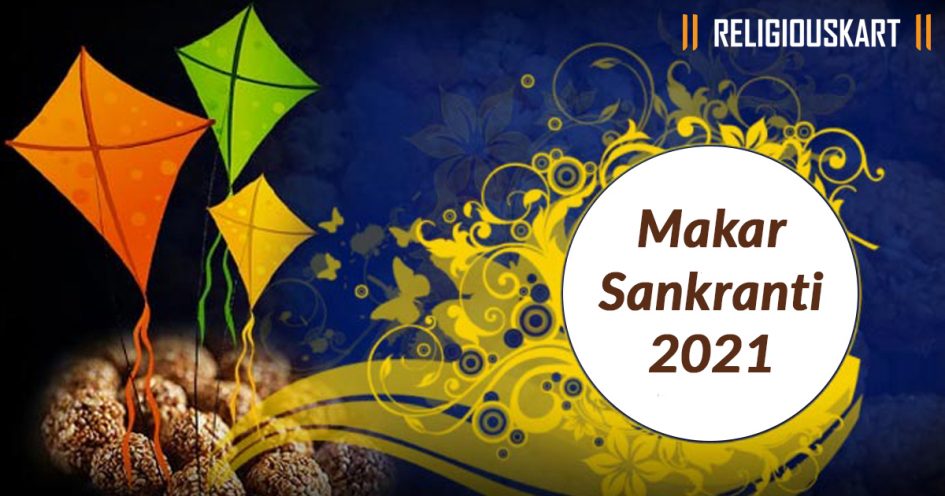Makar Sankranti 2021
Makar Sankranti is believed to be the onset of spring in India. It is celebrated as Sun-God’s entry into the Northern Hemisphere. Following the solar calendar, Makar Sankranti falls on the same day every year. But, once in a while, due to a certain exception, the festival is extended by one day. It is believed to be the day when the gods who have slumbered for six long months are now awake and the portals of heaven are thrown open. This year Makar Sankranti will be celebrated on 14th January.
Significance
- The sacred time of Makara Sankranti is considered auspicious to spread Spirituality, Dharma, Divine emotions and more in the society.
- The spiritual and religious belief sanctifies the body and purifies it.
- The Makar Sankranti Puja is believed to escalate one’s cosmic intelligence and the individual attains its full benefits.
- The religious offerings during this period produce successful results.
Rituals
Makar Sankranti is celebrated all over India with some regional variations. Therefore, there are various kinds of rituals performed throughout: ‘Every ritual performed is believed to be auspicious in its own way’
- People wear new clothes, pray to God, and make offerings of traditional food to forefathers in order to appease them. They also make beautiful and metaphorical drawings and patterns on the ground with chalk or flour, called “muggu” or “Rangoli. These rituals are mainly performed in Telangana and Andhra Pradesh.
- In Bihar and Jharkhand, people take baths in rivers and ponds and feast upon seasonal delicacies as a celebration of good harvest. The delicacies include chura, gur (jaggery), sweets made of til etc.
- Brothers of every married woman (mainly in Delhi and Haryana) visits her home with a gift of some warm clothing for her and her husband’s family. It is called “Sidha”. Women used to give a gift to their in-laws, and the ritual is known as “Manana”.
- Gujarati people keenly wait for this festival to fly kites, called ‘patang’. They refer Makar Sankranti as “Uttarayan”.
If Makar Sankranti occurs after Sunset then the Punya Kaal (The time between Makar Sankranti and 40 Ghatis from the time of Makar Sankranti) rituals should be postponed until next day Sunrise. Thus, all Punya Kaal rituals should be performed during the daytime.
Remedies
- Distributing Black Til with molasses helps to minimize the impacts of sun and Saturn in life.
- Tula Daan helps in overcoming any difficult period of life. Such as health problems, financial problems etc.
- If your Horoscope signifies malefic Sun, then on this day you can donate the Sun’s offerings to the needy and poor, in order to minimize the negative rays of the sun.
Devotees wear 12 Mukhi Rudraksha during the Makar Sankranti puja or after energizing the Rudraksha in the puja.
Among gemstones, Ruby is believed to be auspicious and is worn by the devotees.
